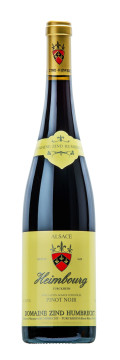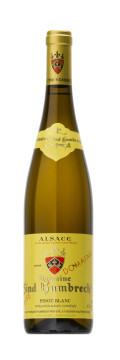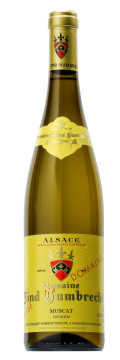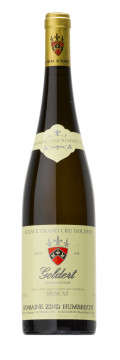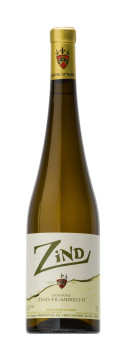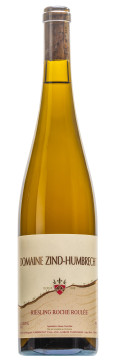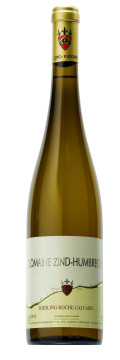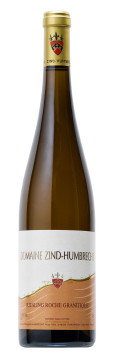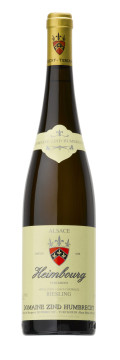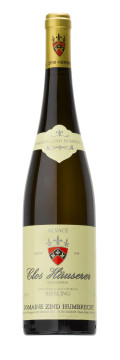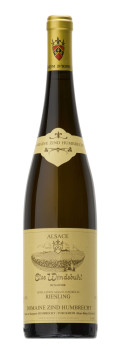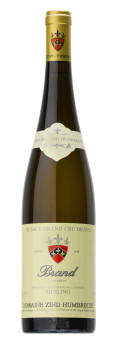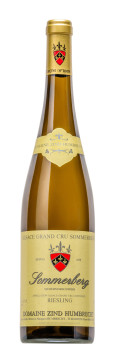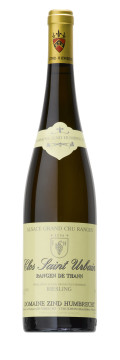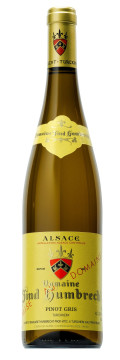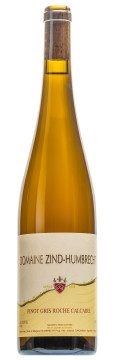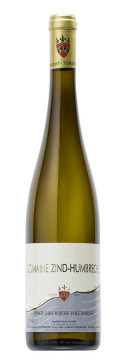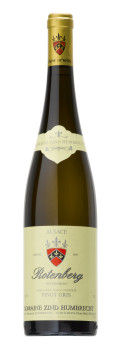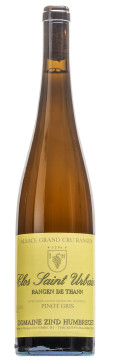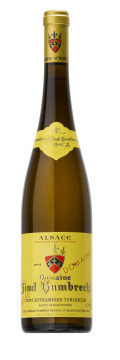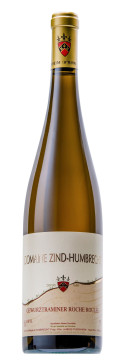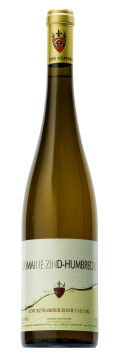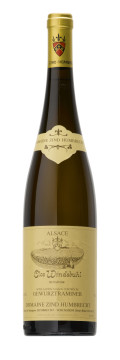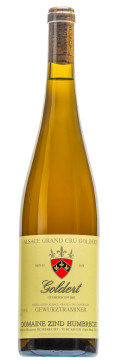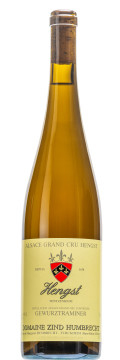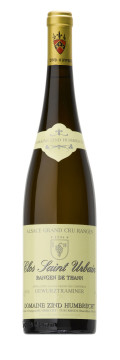Vintage 2019
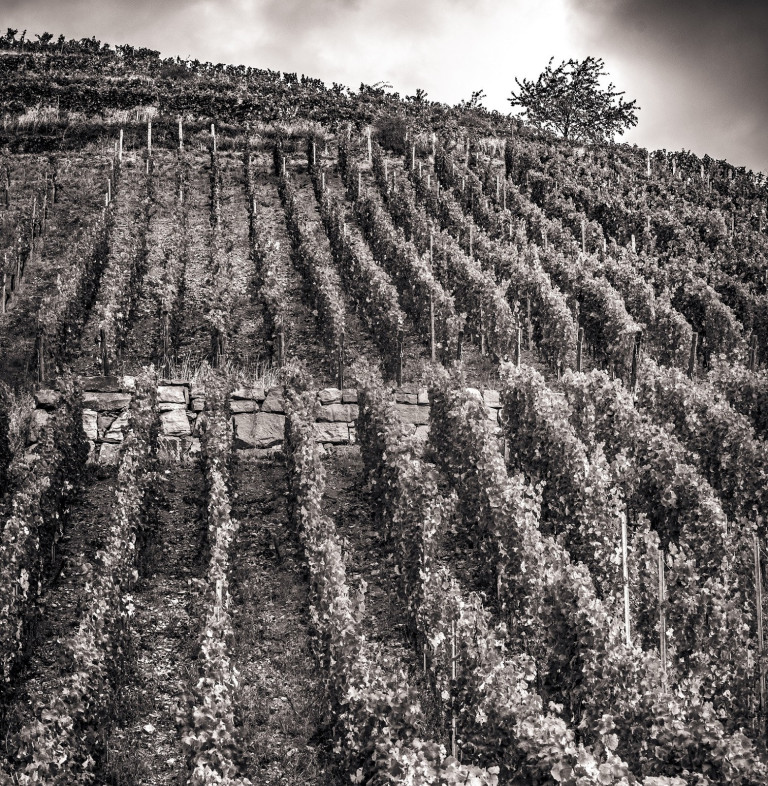
Description of the vintage
In order to fully understand any vintage, it is also important to look at what happened the previous year. The fructification process on a vine is in fact a two years cycle. The vines actually started to construct the 2019 crop in summer 2018. The latent buds which are formed on the shots (at the base of the leaves) will eventually grow the following year, if kept by the pruner, and carry the new crop. Usually, any severe stress would increase the fertility of those latent buds, but the size of the crop will also have a big influence. In 2018, the vines were very fertile (following the 2017 frost stress and small crop), so we could expect an opposite effect in 2019 with less clusters and less grapes. End 2018 was extremely dry and warm, which made difficult for winter ploughings. However, the vines stayed green a really long time after harvest, which allows them to recuperate a lot of energy.
The winter was mild with little rainfalls. Budbreak was alarmingly early between the end of March and early April. A cold front in April delayed the growth of the vines and early May we were very close to experience a bad frost. May was mostly grey and cold, the vines took their time to grow and remained pale green. The flowering started with the colder weather in May and finished under warmer weather mid-June. The cold had an impact on the flowering and it was possible to notice millerandage and grapes like Riesling and gewurztraminer. Often the third cluster on a shoot would go into a tendril. The vines benefited from two nice rainfalls middle of June, and with some warmer temperature, they all started to look really good. The crop was then forecasted to be average in size, with maybe less crop in the more precocious areas (more millerandage).
July was very warm and dry, getting increasingly hot early August and then normal. There was no particular disease problems in 2019 at the exception of some localized oïdium (powdery mildew). August certainly characterizes 2019: a very nice month with some decent and necessary rainfalls middle and end of the month, allowing the graps to ripen without stress and excessive heat. Harvest was short, starting on the domaine on September 11th and finishing September 30th .
2019 is a great vintage! The crop size allowed to reach perfect skin ripeness levels, not too quickly, and a beautiful harmony between sugar and acidity. The domaine average 31hl/ha on the Grands Crus vineyards and 40hl/ha for the Alsace category including single-vineyards. Fermentations were very slow to finish, often needing a full year to become dry, especially for the Riesling grape. Higher acidity and lower pH would often be the main explanation. The wines in 2019 express concentration, structure, refinement and are worthy of cellaring.
